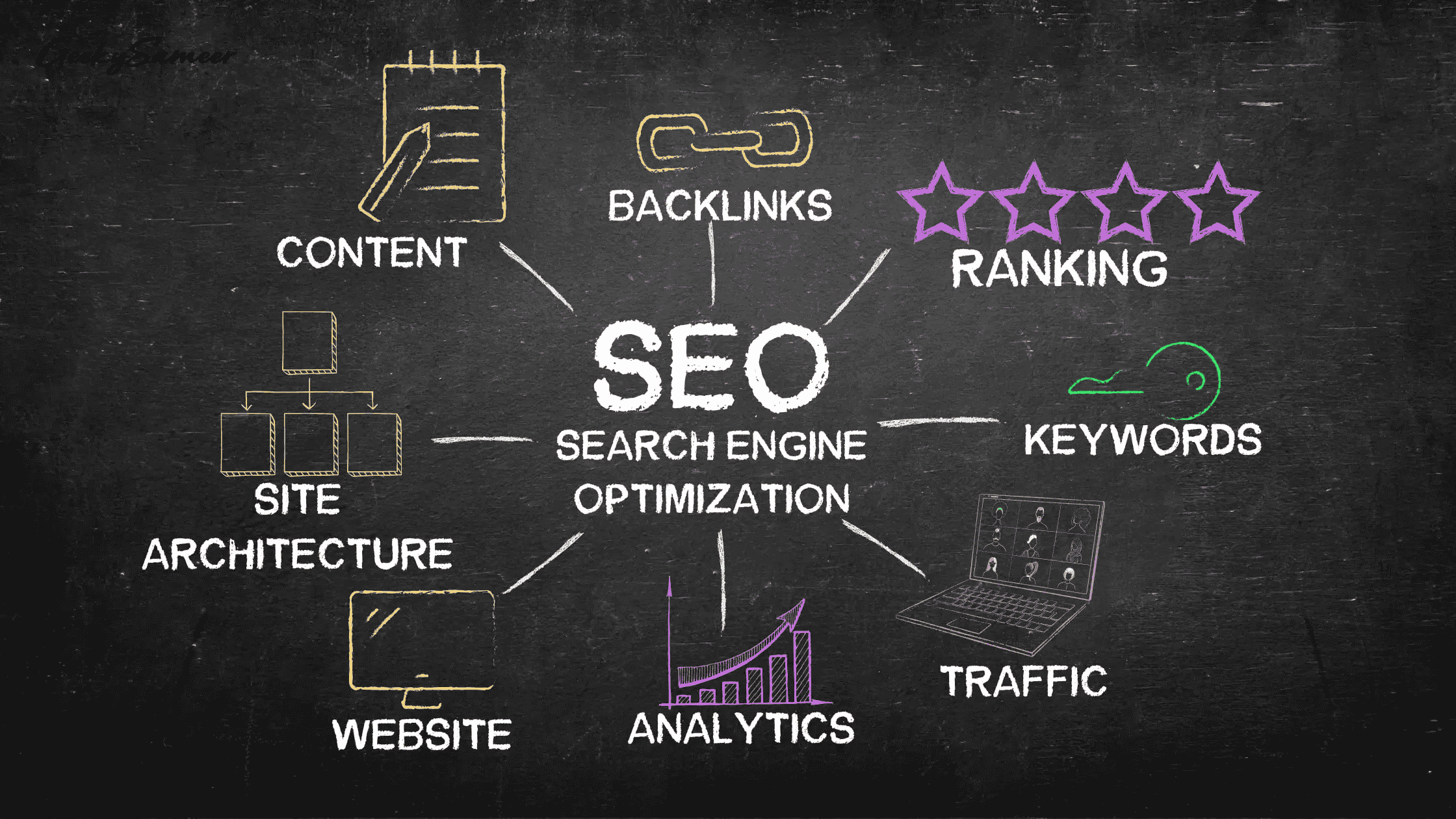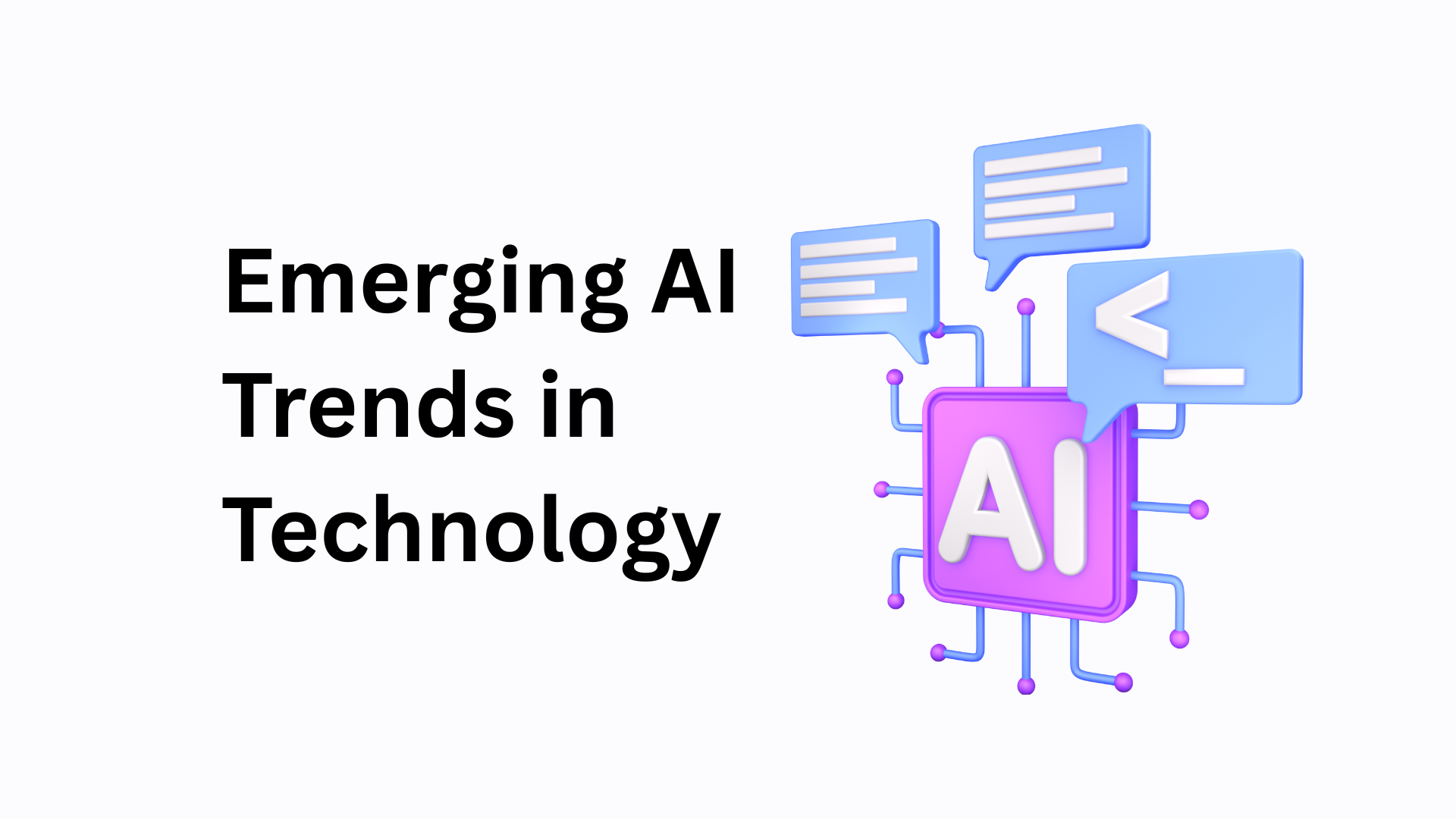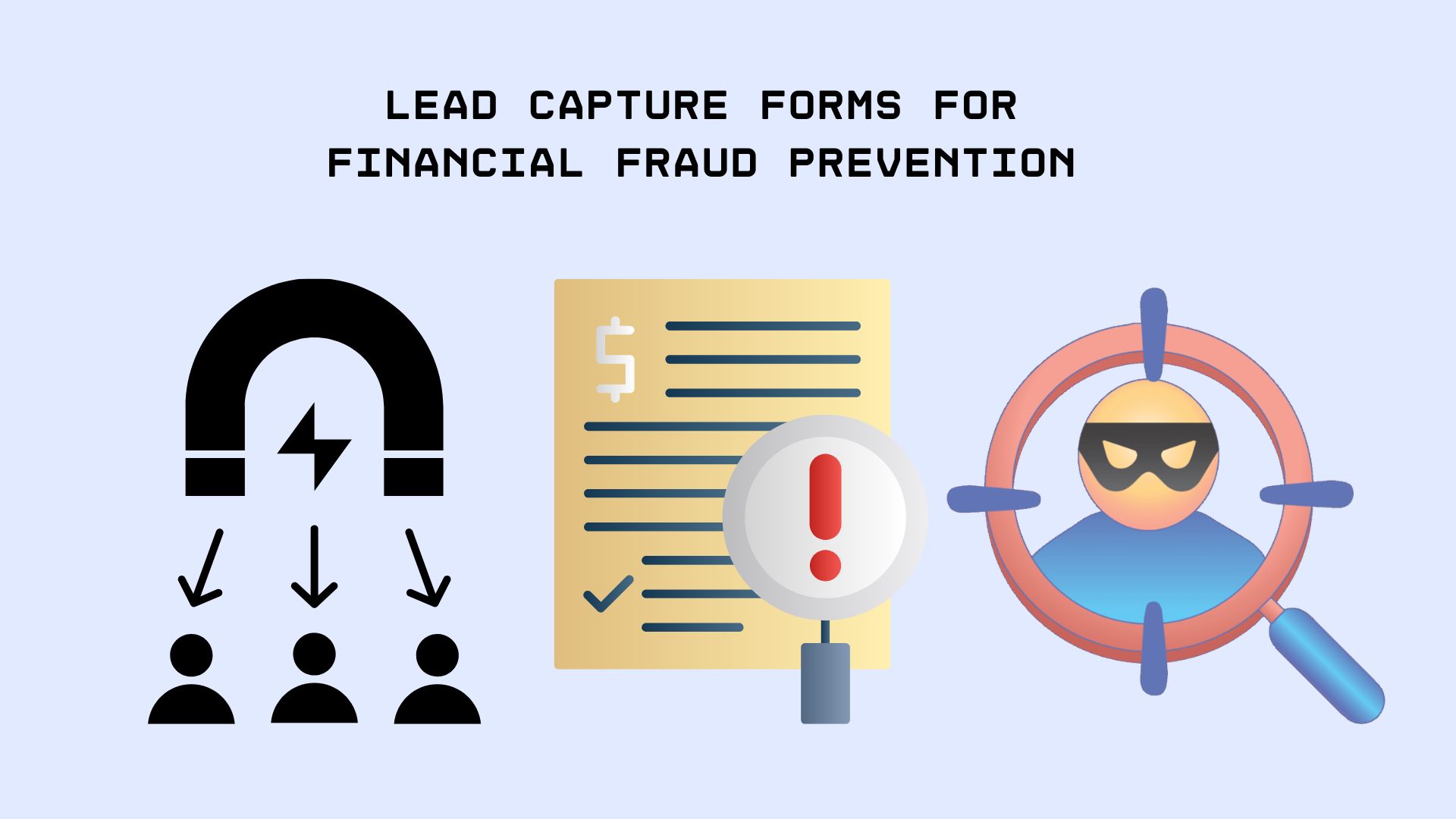Managing Risk with Third-party IT Providers
Working with third-party IT providers can feel like walking a tightrope. On one hand, they offer expertise and services to lighten your load.
On the other, they bring risks that could harm your business if not managed properly. Data breaches or non-compliance issues could arise when you least expect them.
Did you know that over 60% of data breaches stem from third-party vendors?
This underlines why being thorough with risk management is crucial before signing contracts or granting access to systems.
Skipping this step may end up costing more than just money; your reputation is on the line as well.
This blog will walk you through managing these risks effectively.
You’ll learn practical approaches for vendor selection, monitoring, and protecting your business operations. Stay tuned for insights that truly matter!
Key Takeaways
- Over 60% of data breaches originate from third-party vendors. Proper risk management safeguards businesses from financial loss and reputational damage.
- Regular vendor assessments help detect risks such as compliance gaps, outdated technology, or weak cybersecurity measures early.
- Restrict system access for vendors to minimize exposure. Apply role-based permissions and consistently monitor activities to quickly identify potential threats.
- Automated tools and AI enhance monitoring by recognizing suspicious patterns, ensuring adherence to laws like GDPR or HIPAA, and delivering real-time alerts.
- Strong contracts outline service expectations, data privacy rules, and liability terms, and allow for regular reviews or termination when needed.
Key Components of Third-Party Risk Management
Managing third-party risks begins with clear strategies and effective processes. Establishing a strong base helps prevent expensive mistakes in the future.
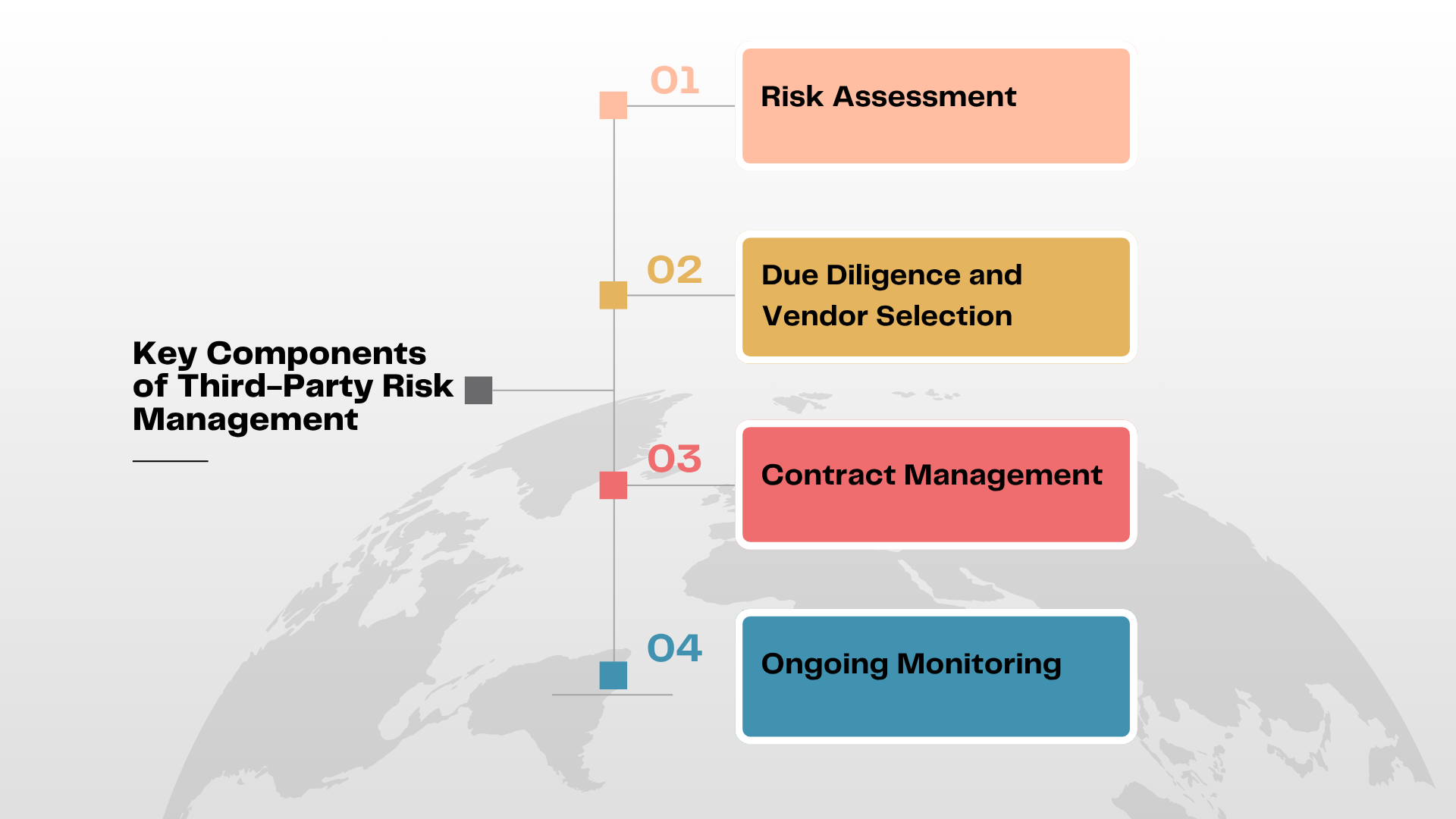
a. Risk Assessment
Identifying risks early helps prevent financial and operational setbacks. Assess vendors for weaknesses in IT security, compliance gaps, or outdated technologies. Review their track record to identify issues like data breaches or contractual disputes.
Evaluate potential vulnerabilities linked to your essential systems. Outline how third-party providers interact with sensitive information. "A chain is only as strong as its weakest link," so focus on assessing critical areas.
Use tools designed for vendor risk assessment to simplify this process without compromising quality. Leveraging external support, such as Nortec Communication's expertise, can provide structured evaluations and professional oversight, especially for businesses lacking internal auditing capacity.
b. Due Diligence and Vendor Selection
Proper vendor selection is critical after conducting a thorough risk assessment. Carefully examine potential third-party IT providers before forming any partnerships. Investigate their reputation, financial stability, and compliance history to avoid future issues. Request references from other businesses they have worked with and verify those claims independently.
Assess the provider's cybersecurity measures closely. Inquire about their data protection protocols, encryption standards, and incident response plans. Review contractual agreements for clarity on data ownership, service levels, and liability clauses.
Always confirm that vendors meet regulatory compliance requirements specific to your industry before proceeding. Partnering with experienced firms like AT-NET, an IT company can provide the technical depth and proven track record necessary for trustworthy collaboration.
c. Contract Management
Securing a solid contract finalizes the agreement after evaluating a third-party IT vendor. Clearly outline service-level agreements to establish expectations, responsibilities, and deadlines. Specify consequences for missed targets or breaches and incorporate clauses for data privacy and cybersecurity measures.
Negotiate termination terms to prevent being locked into agreements with underperforming vendors. Incorporate regular review schedules in contracts to adjust them as business needs change. Clear language safeguards your business against disputes in the future.
d. Ongoing Monitoring
Regularly track vendor activities to catch potential risks early. Use automated tools for continuous monitoring to spot compliance issues or cybersecurity threats in real-time. Focus on tracking service quality, data handling practices, and adherence to regulatory standards. "Without consistent oversight, even reliable vendors can become liabilities.
Common Types of Risks with Third-Party IT Providers
Working with third-party IT providers can feel like walking a tightrope without a safety net—let's examine the risks presented below.
a. Operational Risk
Operational risk arises when third-party IT providers fail to deliver expected services. A server outage, for example, can halt business processes and delay customer support. Poor performance from vendors might lead to wasted resources or missed deadlines. These disruptions ultimately affect productivity and revenue generation.
Relying on external systems increases vulnerability to mistakes or technical failures. Mismanaged updates or bugs in a provider’s software could cause data corruption. Downtime may also occur if the vendor lacks strong disaster recovery plans. Regularly assessing these risks and maintaining backup solutions helps minimize such potential impacts on daily operations.
b. Compliance Risk
Failing to meet regulatory requirements can lead to significant fines and tarnished reputations. Laws like HIPAA, GDPR, or CCPA hold businesses responsible for how third-party vendors handle data. Disregarding these laws exposes your company to legal challenges.
Regular reviews and clear contract terms help minimize this risk. Ensure vendors follow industry standards by implementing a compliance monitoring process. An appropriate governance approach keeps partnerships aligned with regulations while protecting sensitive information from breaches or misuse.
c. Cybersecurity Risk
Cybersecurity risks with third-party IT providers can significantly impact businesses. A single vendor breach might expose sensitive customer data, leading to financial loss and legal challenges. Cybercriminals often target weaker links in supply chains, making vendors highly susceptible to attacks.
Safeguard your business by conducting regular cybersecurity assessments of all IT partners. Limit access to critical systems and data that they don't require. Use strict compliance monitoring tools to track their activities continuously. Tackling these risks connects directly to managing operational threats effectively.
Best Practices for Mitigating Third-Party IT Risks
Enhance your defenses by concentrating on forward-thinking measures to manage vendor risks. Remain vigilant and approach third-party monitoring as a continuous responsibility, not a singular action.
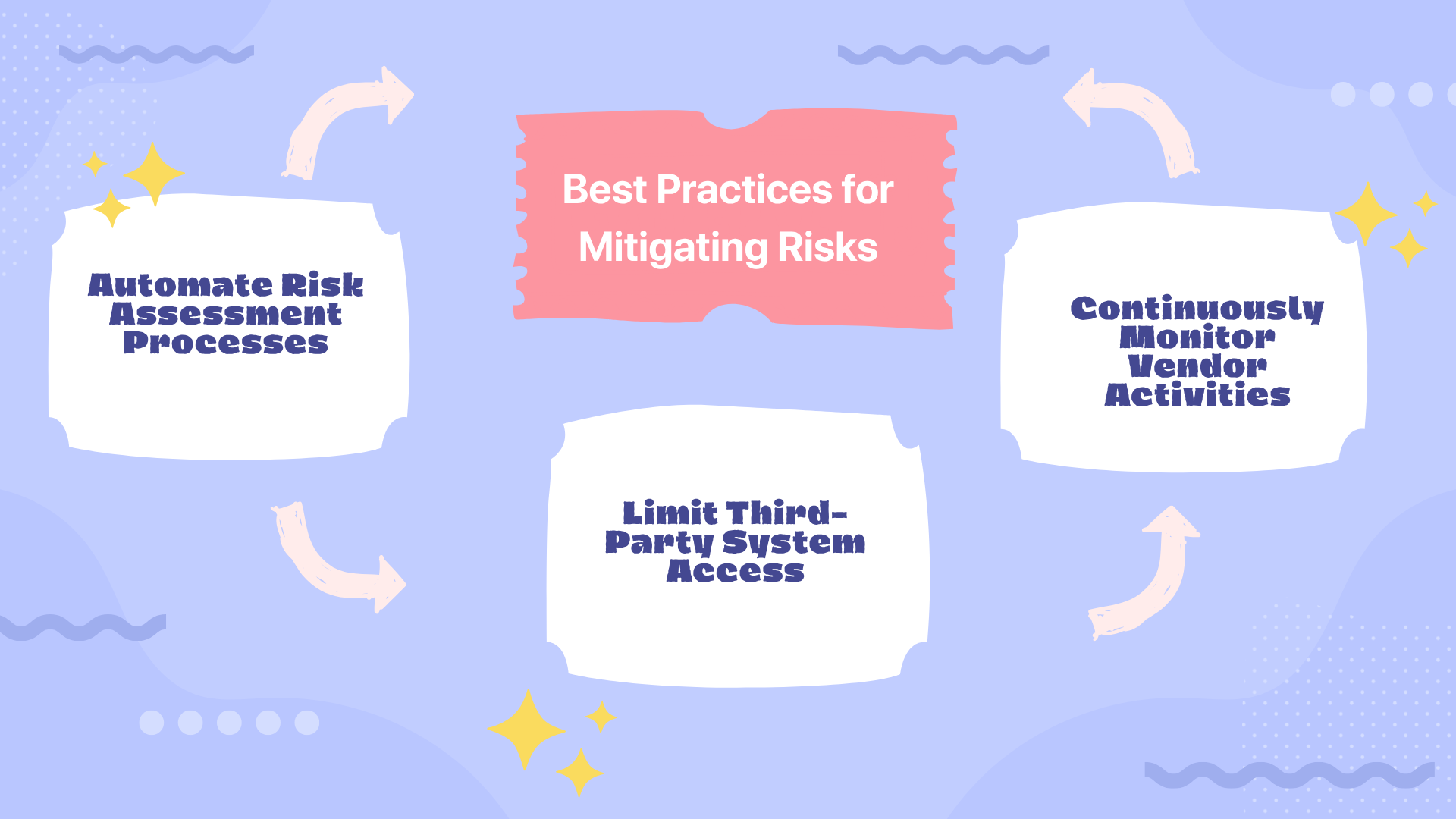
a. Automate Risk Assessment Processes
Simplify risk assessment by using automation tools. These systems quickly analyze vendor data, identifying potential issues in real time. They reduce manual work and minimize human error. Automated platforms can also rank risks, helping you concentrate on urgent matters first.
Establish workflows to track compliance requirements automatically. Software solutions monitor updates in regulations or industry standards. This ensures your business stays ahead of changes without expending resources on constant reviews. Automation enhances your governance framework while accelerating decision-making processes.
b. Limit Third-Party System Access
Restrict vendors’ access to only the systems and data they require. Excessive access heightens cybersecurity risks and exposes sensitive information. Implement role-based permissions to assign particular access levels for each third-party provider.
Establish firm limits on system entry points. Immediately deactivate vendor accounts after contracts conclude or projects finish. Consistently review user privileges to detect and remove unnecessary permissions, maintaining strong control over your network.
c. Continuously Monitor Vendor Activities
Track vendor activities regularly to catch potential risks early. Monitor their compliance with agreed-upon service terms, data privacy rules, and cybersecurity protocols. Automated tools can simplify the process by offering real-time updates and alerts for suspicious activity.
Keep an eye on system access logs to detect irregularities. Review vendor performance metrics frequently to assess reliability and minimize operational disruptions. A strong monitoring routine lays a solid foundation for effective risk control before moving into advanced technical solutions like AI-driven risk detection methods.
The Role of Technology in Managing Third-Party Risks
Technology helps pinpoint risks faster than manual efforts. It also simplifies vendor oversight, saving time and effort.
a. AI and Machine Learning for Risk Detection
AI scans vendor activities to detect suspicious patterns. Machine learning examines past actions and anticipates future risks, saving time compared to manual reviews. For example, algorithms can identify unusual access attempts or odd data transfers in real time. This accelerates responses and mitigates potential threats before they grow.
These tools also enhance compliance monitoring. They process large volumes of regulatory information automatically and align it with vendor practices. Businesses avoid significant fines by identifying violations early. AI systems become more efficient over time, adjusting to new regulations or risk factors without frequent human updates.
b. Automation Tools for Monitoring and Compliance
AI simplifies risk detection, but automated tools enhance compliance monitoring significantly. These tools track vendor activities in real time, identifying any potential risks or violations immediately. Alerts get sent promptly, keeping you informed without constant manual oversight.
Automation enhances regulatory compliance by comparing actions against relevant standards like GDPR or HIPAA. Dashboards display clear analytics, giving you an immediate view of performance and vulnerabilities. With these insights, businesses can respond faster and minimize costly penalties.
Conclusion
Managing risk with third-party IT providers requires dedication but is rewarding.
Effective plans safeguard your business and data. Routine assessments help mitigate potential risks, establish trust, define clear guidelines, and remain vigilant.
A well-executed strategy ensures your partnerships remain secure and efficient.


